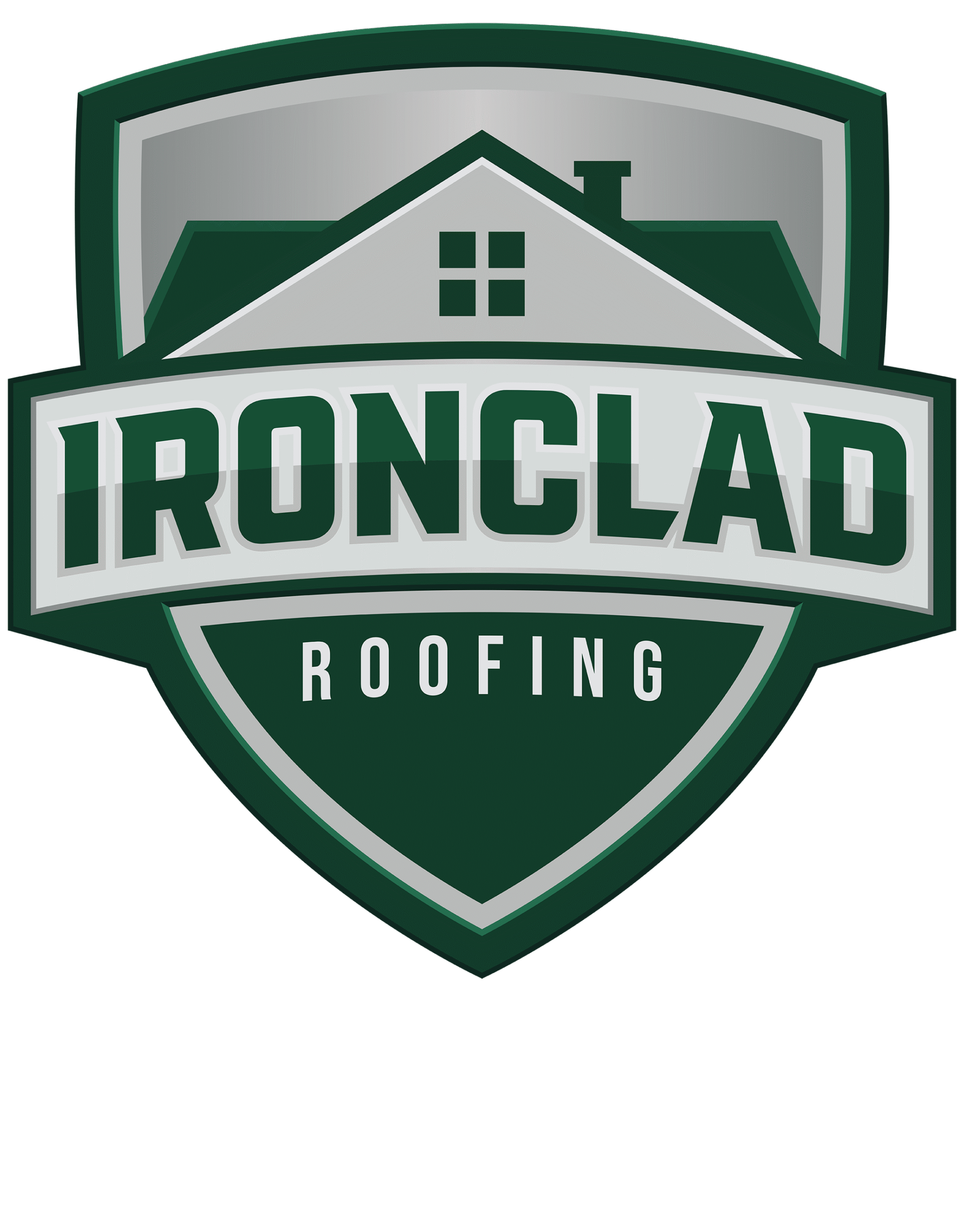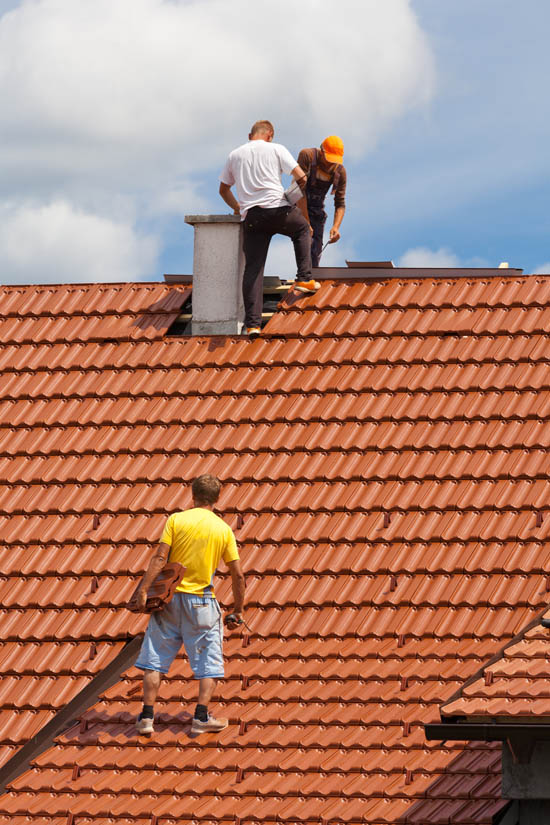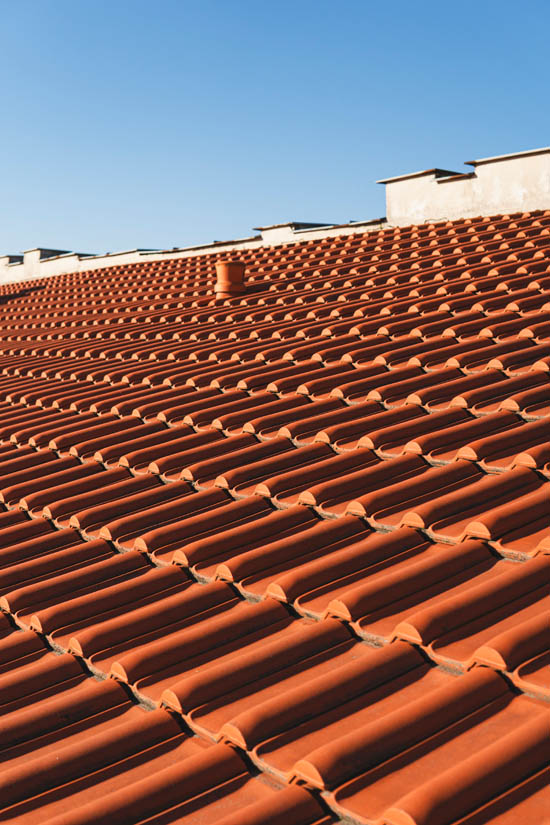Frequently Asked Questions
What factors should I consider when selecting a roofing contractor for tile installation?
When selecting a roofing contractor for tile installation, consider their experience, licensing, insurance, and customer reviews. It's also important to evaluate their familiarity with Arizona's climate and tile materials to ensure a durable and stylish roof.
What problems can arise from poor installation of tile roofing systems?
Poor installation of tile roofing systems can lead to significant issues, including leaks, reduced energy efficiency, and structural damage. These problems can compromise the roof's durability and may result in costly repairs or replacements over time.
How to tell the difference between clay and concrete roof tiles?
The difference between clay and concrete roof tiles can be identified by their appearance and weight. Clay tiles are typically more vibrant in color and lighter, while concrete tiles are heavier and often have a more muted color palette.
How do the aesthetics of clay tiles compare to concrete roof tiles?
The aesthetics of clay tiles differ from concrete roof tiles in that clay tiles offer a more traditional, vibrant appearance with natural color variations, while concrete tiles provide a broader range of styles and finishes, often resembling clay but with a more uniform look.
What factors influence the cost of a tile roofing installation project?
The factors that influence the cost of a tile roofing installation project include the type of tile selected, the size and complexity of the roof, labor costs, and any necessary repairs or modifications to the existing structure.
What factors influence the price of tile roofing installation and maintenance?
The factors influencing the price of tile roofing installation and maintenance include the type of tile selected, the complexity of the roof design, labor costs, and any necessary repairs or upgrades to the existing structure.
What is the average cost of tile roofing installation in Kent?
The average cost of tile roofing installation in Kent typically ranges from $10,000 to $20,000, depending on factors such as the type of tiles chosen, the complexity of the installation, and the size of the roof.
Outline the process followed when installing clay and concrete roof tiles?
The process for installing clay and concrete roof tiles involves several key steps: first, preparing the roof deck; next, laying down underlayment for moisture protection; then, installing the tiles in a staggered pattern, ensuring proper alignment and secure fastening; and finally, completing the installation with ridge caps and flashing for added durability.
Which is better, clay or concrete roof tiles?
The comparison between clay and concrete roof tiles depends on specific needs. Clay tiles are lighter and more aesthetically appealing, while concrete tiles offer greater durability and lower cost, making them ideal for Arizona’s climate.
How does the installation process of tile roofing compare to other roofing types?
The installation process of tile roofing differs from other roofing types primarily in its complexity and durability requirements. Tile roofs require precise alignment and a sturdy underlayment, making the installation more labor-intensive compared to materials like asphalt shingles, which are quicker to install.
What are the benefits of tile roofing?
The benefits of tile roofing include exceptional durability, excellent energy efficiency, and resistance to harsh weather conditions. Additionally, tile roofs offer aesthetic appeal and can enhance the value of your home, making them an ideal choice for Arizona's climate.
How long do tile roofs typically last?
Tile roofs typically last between 50 to 100 years, depending on the material and maintenance. In Arizona's climate, both clay and concrete tiles are designed to withstand harsh weather, ensuring long-lasting durability and performance.
What maintenance is required for tile roofs?
The maintenance required for tile roofs includes regular inspections for damage, cleaning debris, and ensuring proper drainage. Additionally, it's important to check for loose tiles and address any issues promptly to maintain durability and performance.
Can tile roofs withstand heavy rain?
Tile roofs are designed to withstand heavy rain effectively. Their durable materials and interlocking design help prevent water infiltration, making them a reliable choice for areas prone to intense rainfall.
What colors are available for tile roofing?
The colors available for tile roofing include a wide range of options such as earthy tones, vibrant reds, soft pastels, and neutral shades. This variety allows homeowners to choose a style that complements their Arizona home and landscape.
How do I choose tile roofing materials?
Choosing tile roofing materials involves considering factors like durability, style, and climate compatibility. For Arizona, opt for clay or concrete tiles that can withstand extreme temperatures and provide long-lasting protection while enhancing your home's aesthetic appeal.
What is the best underlayment for tile roofs?
The best underlayment for tile roofs is a high-quality synthetic underlayment, which offers superior water resistance and durability, making it ideal for Arizona's climate. It effectively protects against moisture and enhances the longevity of your tile roofing system.
Are tile roofs energy efficient?
Tile roofs are energy efficient due to their ability to reflect sunlight and reduce heat absorption, which helps keep homes cooler in Arizona's hot climate. This can lead to lower energy costs for cooling.
How do I repair a tile roof?
Repairing a tile roof involves identifying the damaged tiles, removing them carefully, and replacing them with new tiles. Ensure proper sealing and alignment to maintain durability and protect against Arizona's harsh weather conditions.
What is the installation timeline for tile roofing?
The installation timeline for tile roofing typically ranges from a few days to a couple of weeks, depending on the project's size and complexity. Ironclad Roofing ensures efficient and quality installation tailored to your needs.
How do tile roofs perform in high winds?
Tile roofs are highly resilient in high winds due to their weight and strong interlocking design, which helps prevent lift and damage. Proper installation further enhances their ability to withstand severe weather conditions.
What are common issues with tile roofs?
Common issues with tile roofs include cracking or breaking of tiles due to impact, improper installation leading to leaks, and the potential for mold or mildew growth in shaded areas. Regular maintenance can help mitigate these problems.
How do I clean my tile roof?
Cleaning your tile roof involves gently rinsing it with water, using a soft-bristle brush to remove debris, and applying a mild detergent if necessary. Avoid high-pressure washing to prevent damage to the tiles.
What is the weight of tile roofing materials?
The weight of tile roofing materials varies depending on the type. Generally, clay tiles weigh between 600 to 1,000 pounds per square, while concrete tiles range from 800 to 1,200 pounds per square.
Can I install tile roofing over existing shingles?
Installing tile roofing over existing shingles is generally not recommended. It can add excess weight and may compromise the roof's integrity, leading to potential issues down the line. It's best to remove the old shingles before installation.
What is the warranty on tile roofing?
The warranty on tile roofing typically includes a lifetime workmanship warranty from Ironclad Roofing, ensuring quality installation. Additionally, tile materials often come with their own manufacturer warranties, providing further peace of mind for homeowners in Arizona.
How do I find a qualified roofing contractor?
Finding a qualified roofing contractor involves researching local companies, checking online reviews, verifying licenses and insurance, and asking for references. Additionally, seek contractors experienced with tile roofing and familiar with Arizona's climate conditions.
What are the environmental benefits of tile roofing?
The environmental benefits of tile roofing include energy efficiency, as tiles reflect sunlight, reducing cooling costs. Additionally, clay and concrete tiles are made from natural materials, are recyclable, and have a long lifespan, minimizing waste and resource consumption.
How do I prepare my home for tile roofing?
Preparing your home for tile roofing involves ensuring the structure can support the weight of the tiles, clearing the area around the house, and removing any existing roofing materials. Additionally, scheduling a professional inspection is essential for a successful installation.
What are the design options for tile roofs?
The design options for tile roofs include a variety of styles, colors, and materials, such as clay and concrete tiles. Homeowners can choose from traditional Spanish or Mediterranean looks to modern, sleek designs, allowing for aesthetic versatility while ensuring durability.






